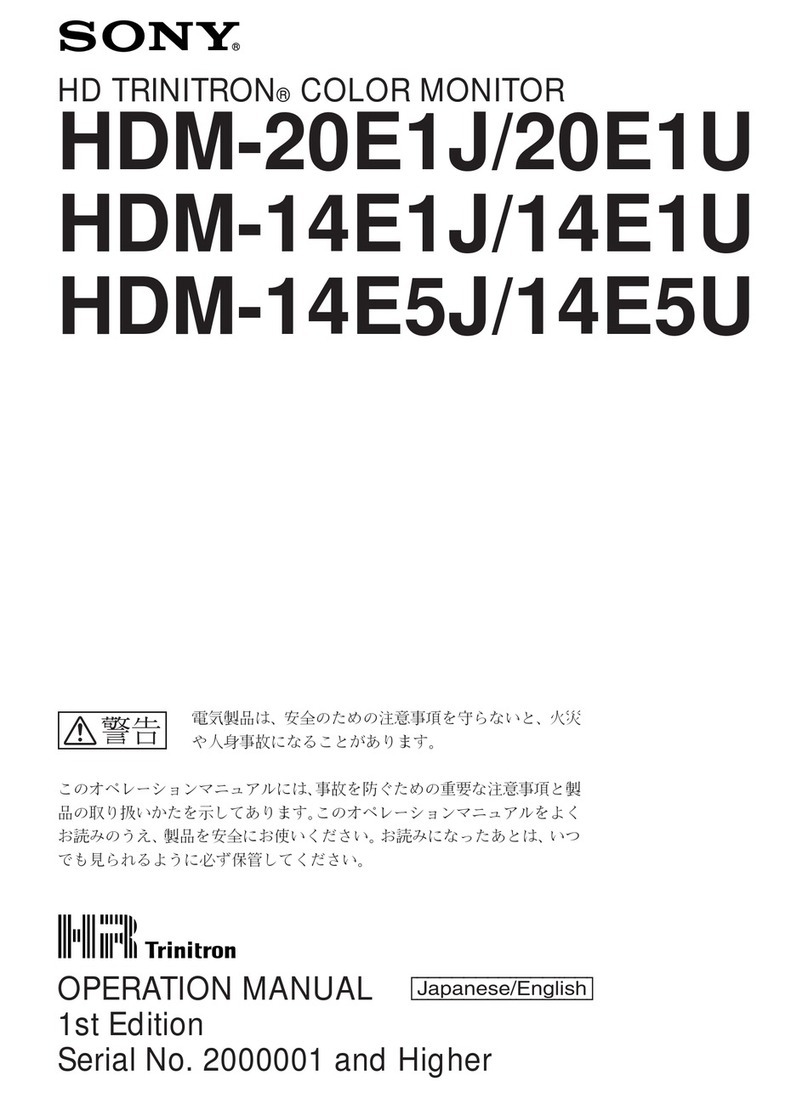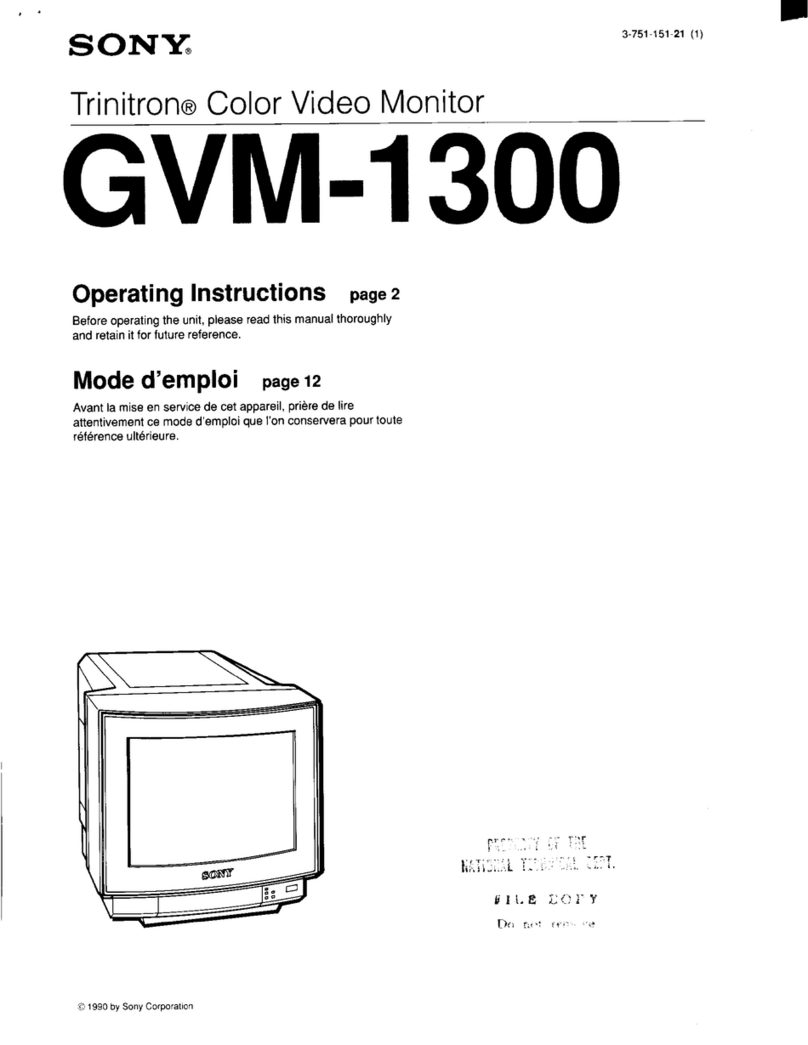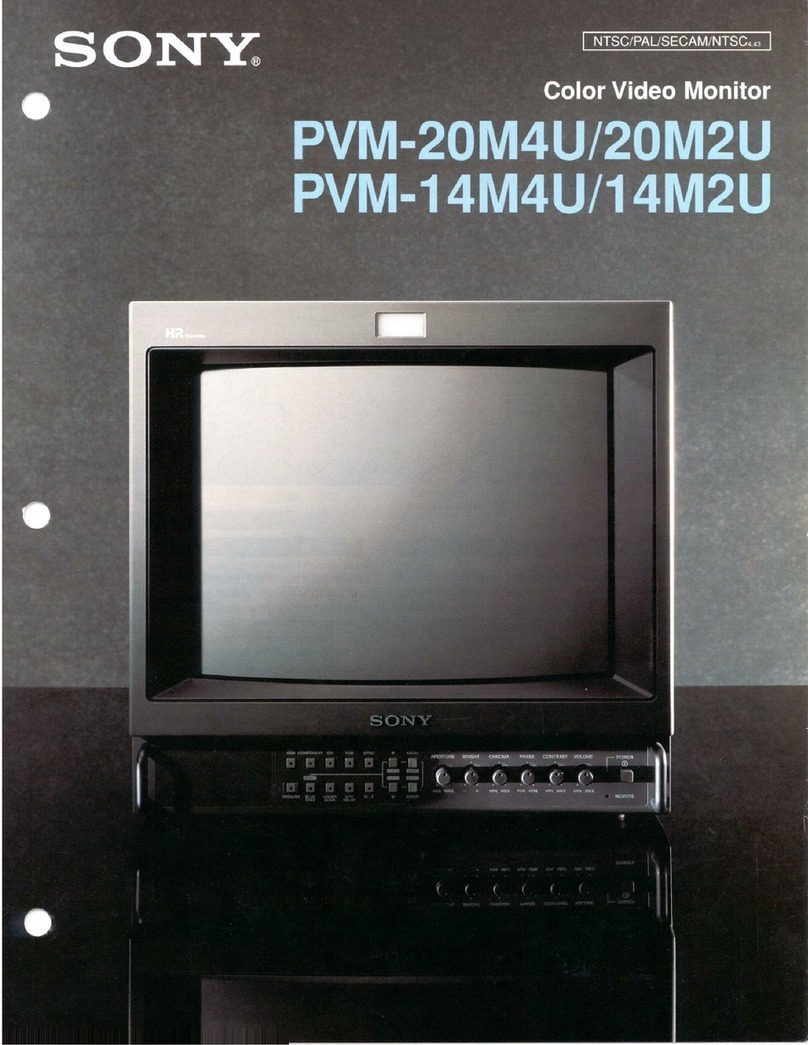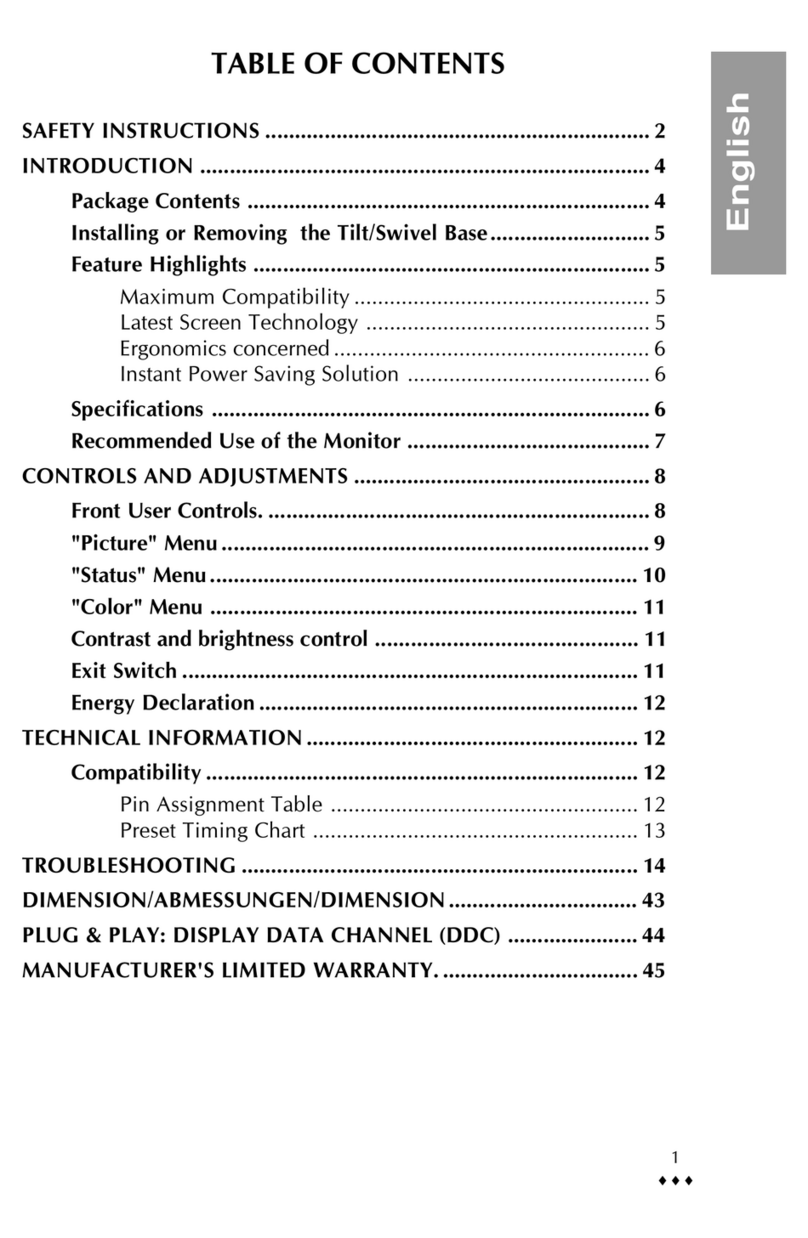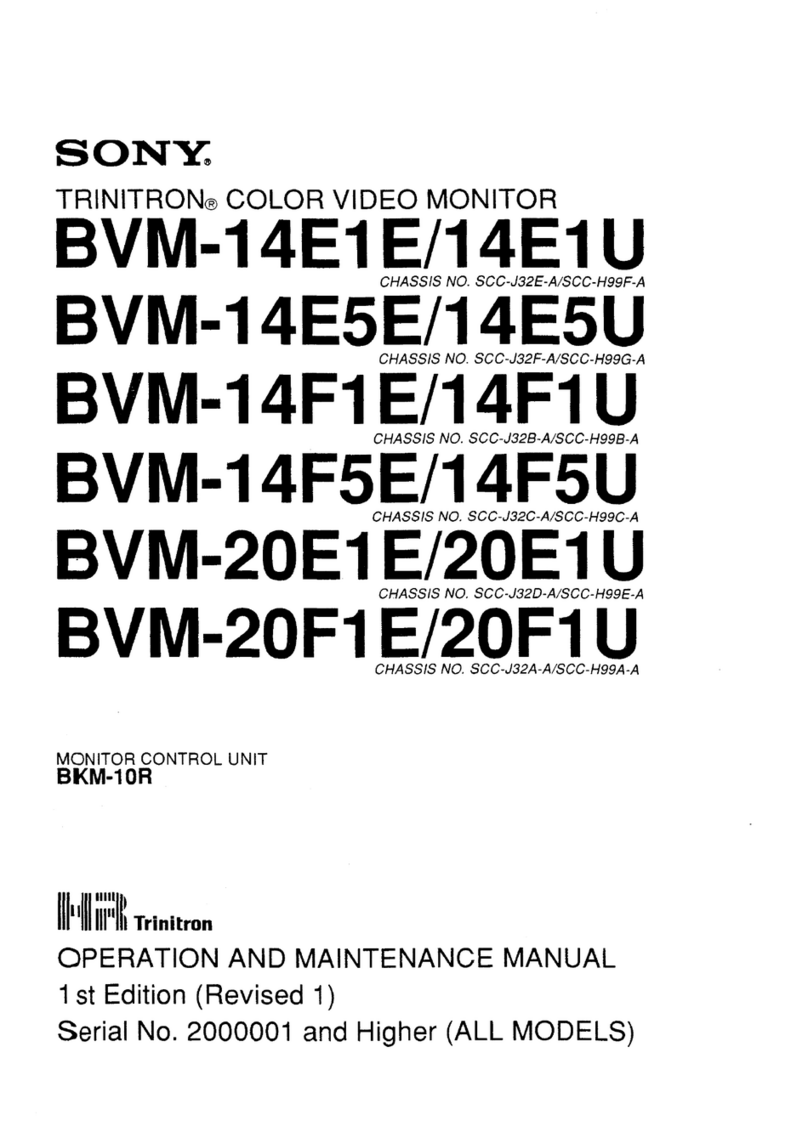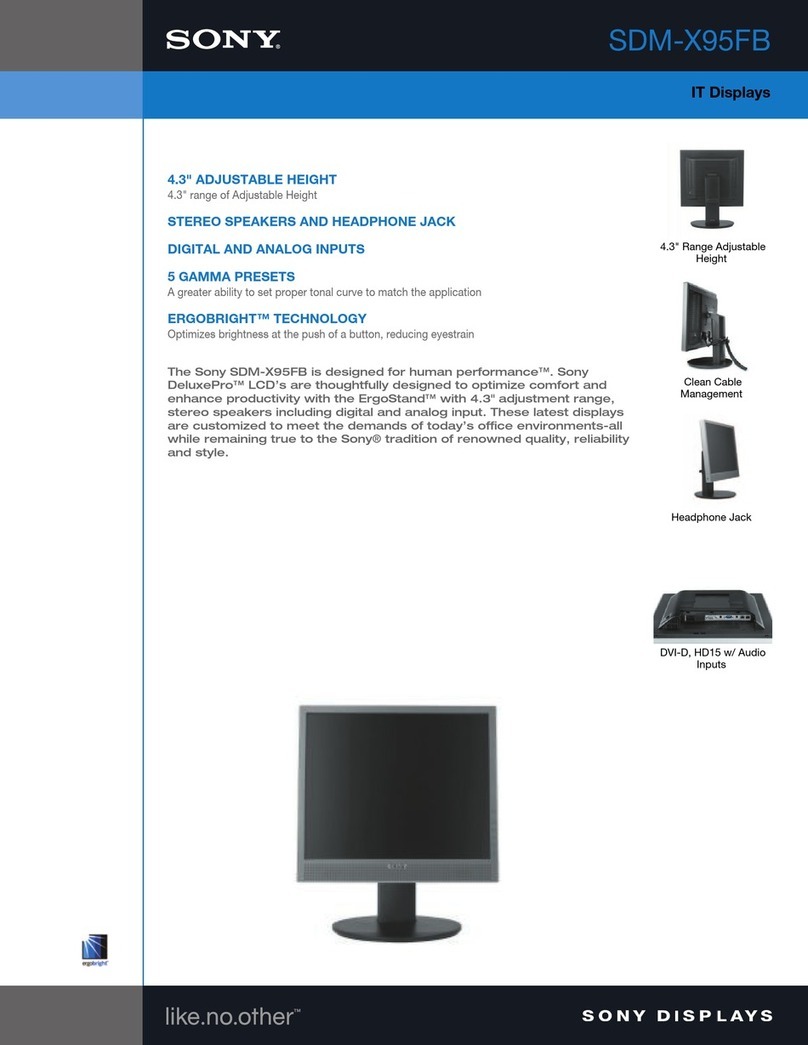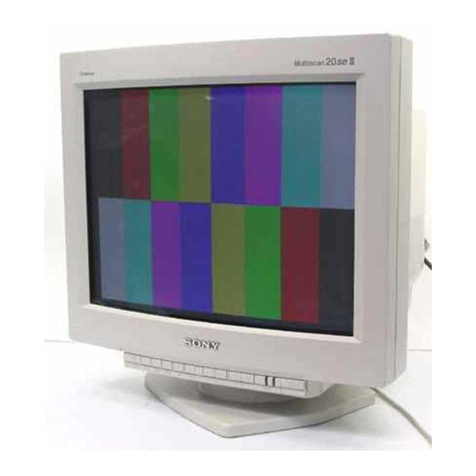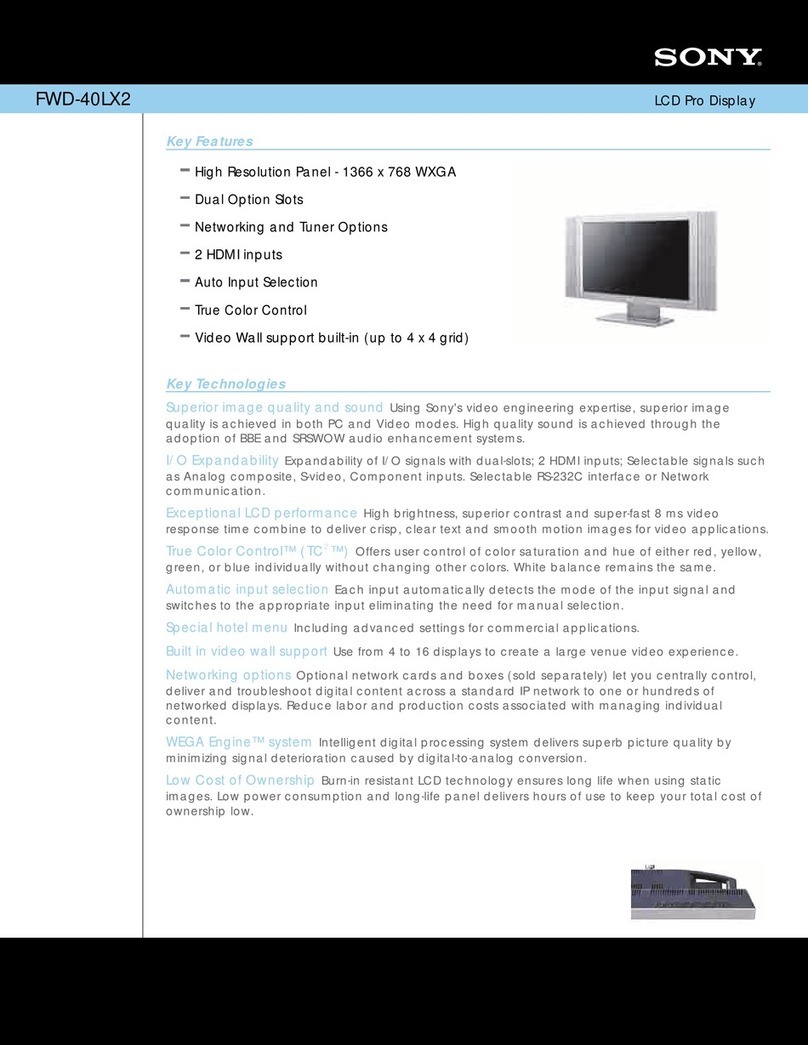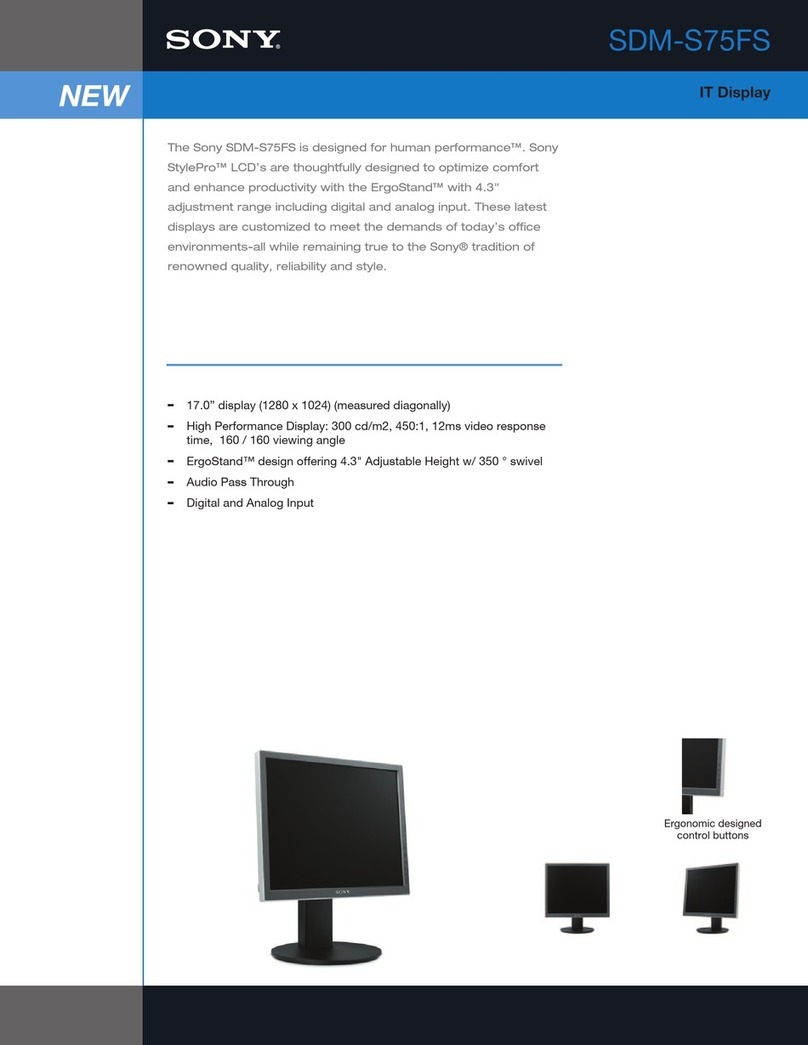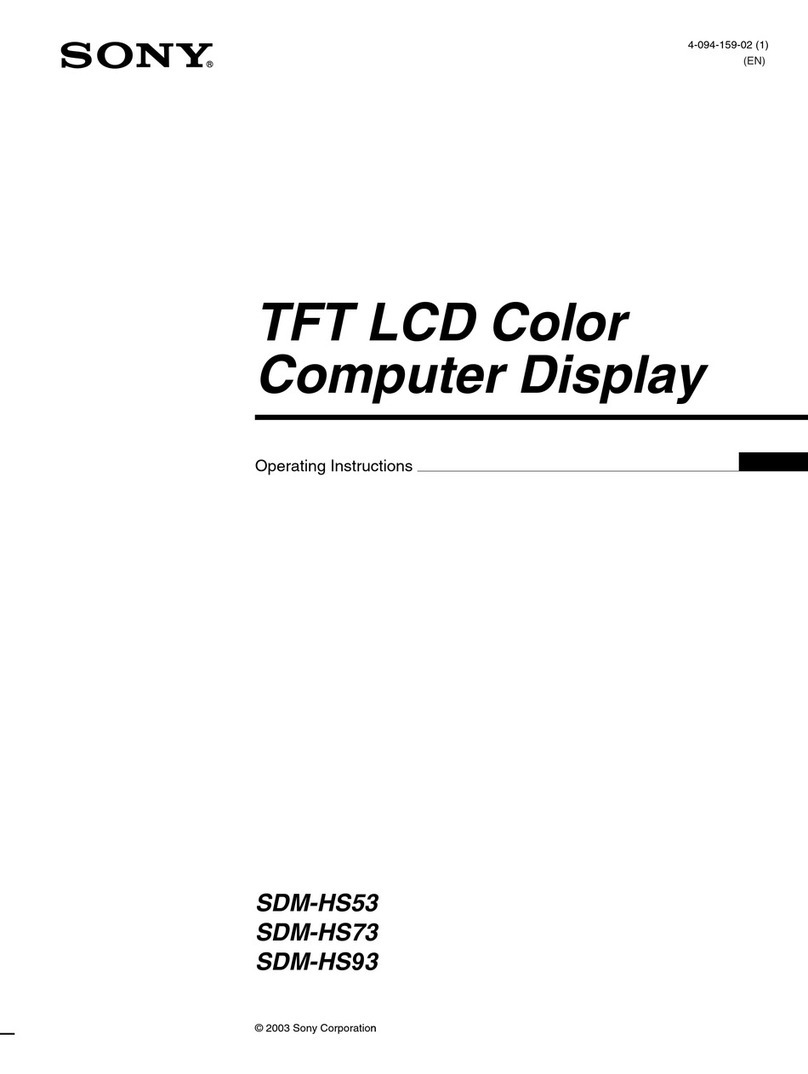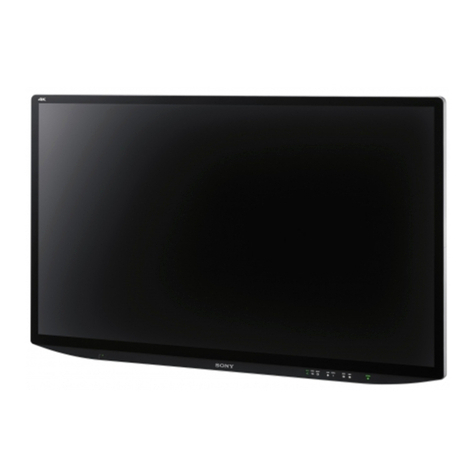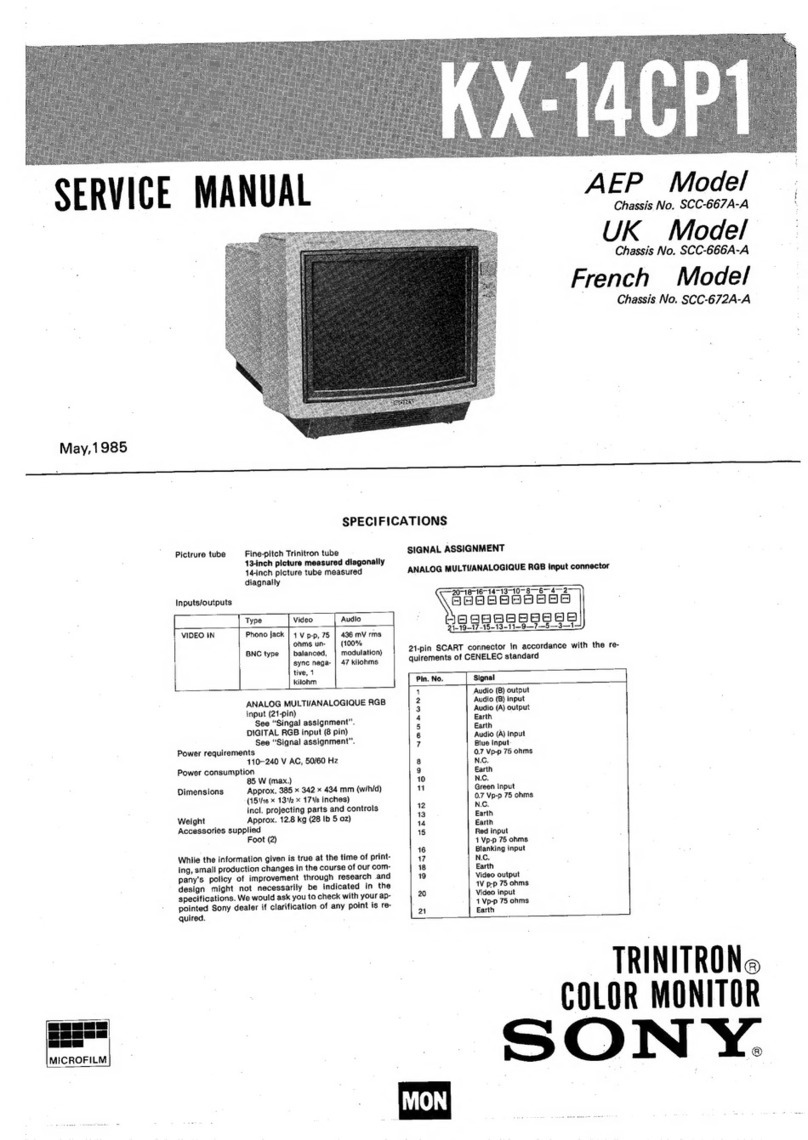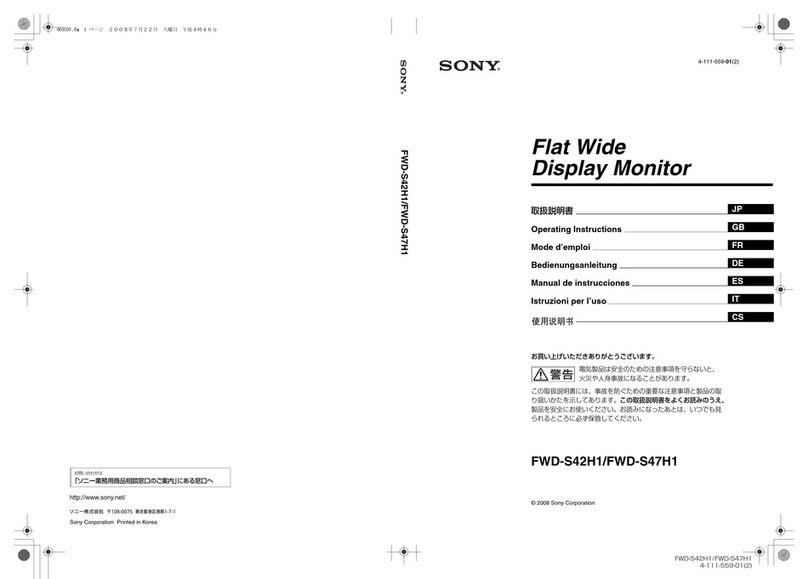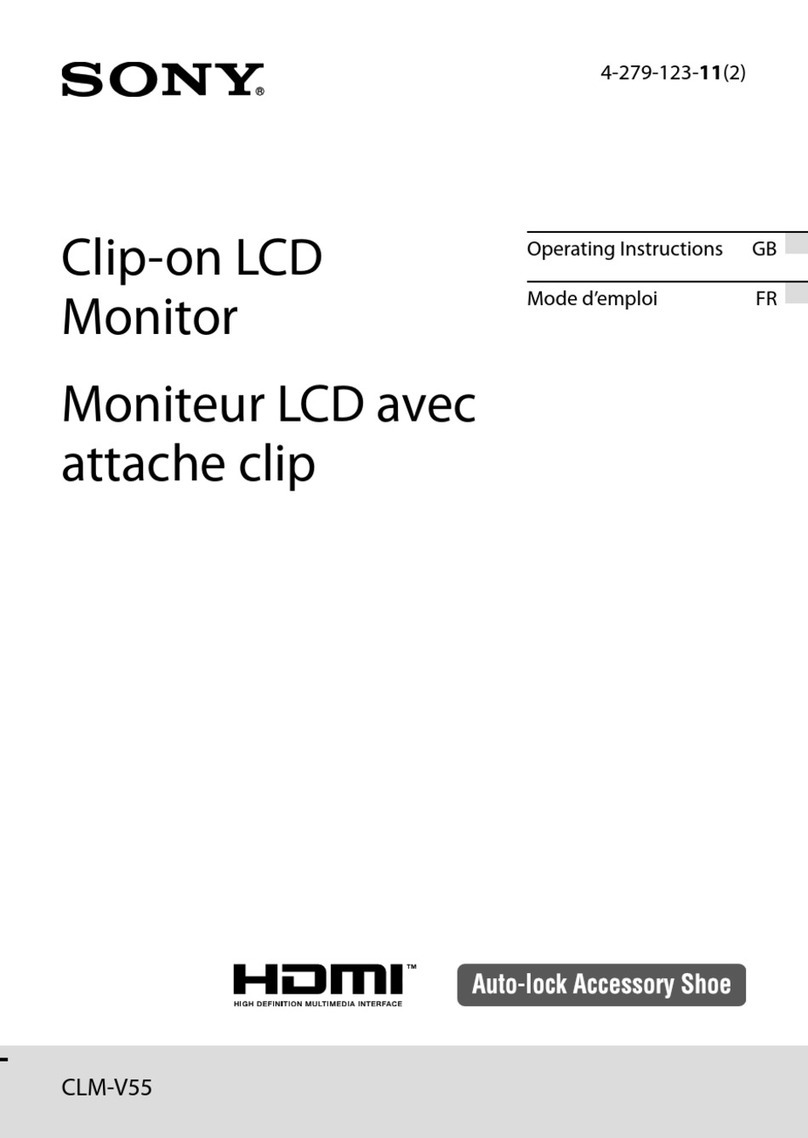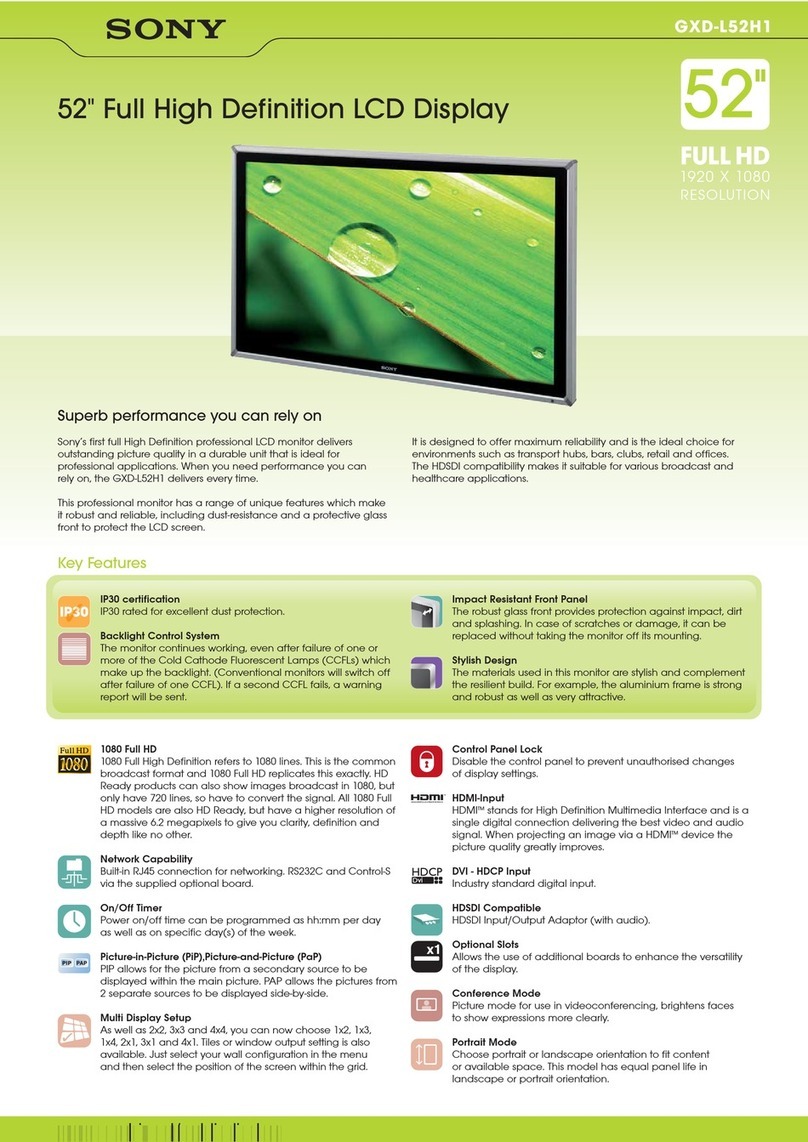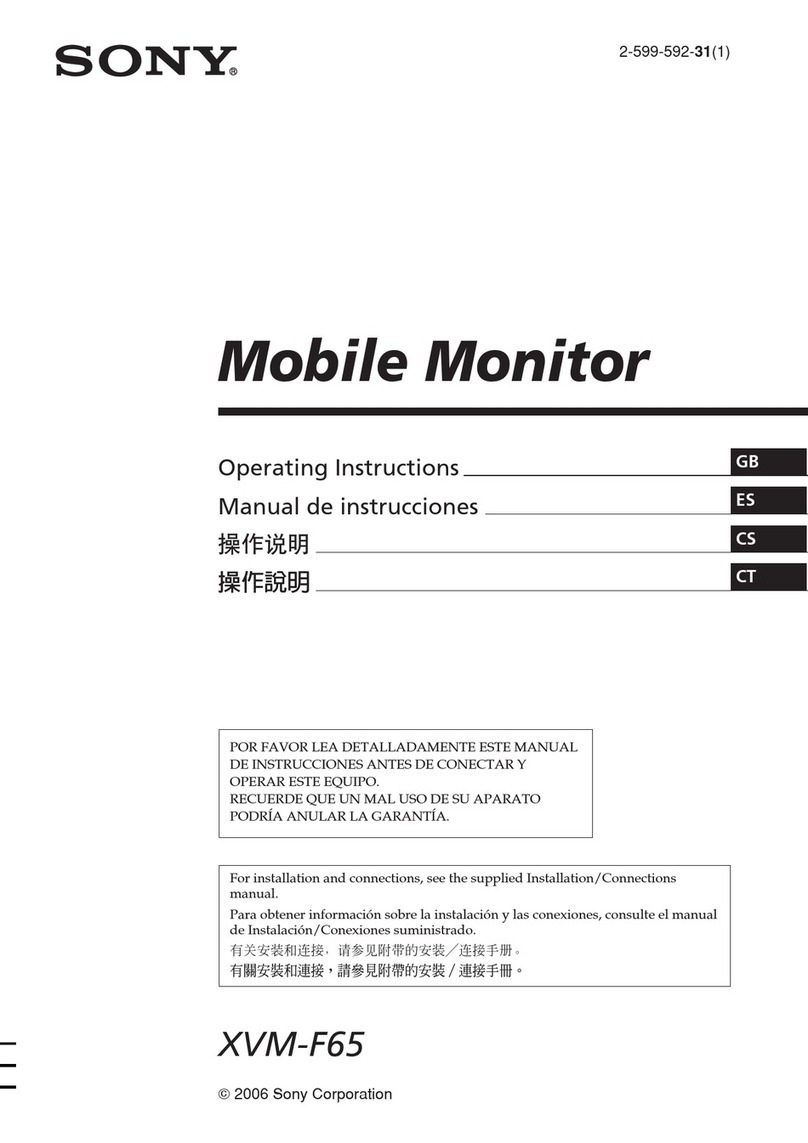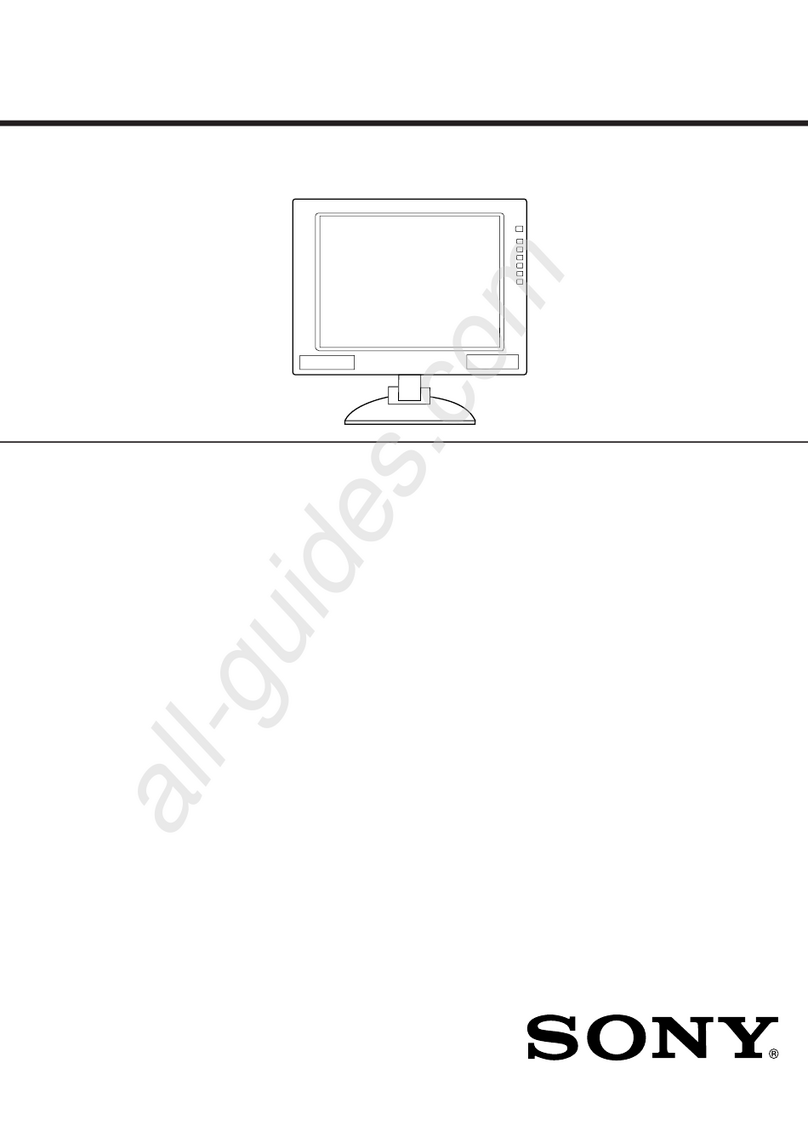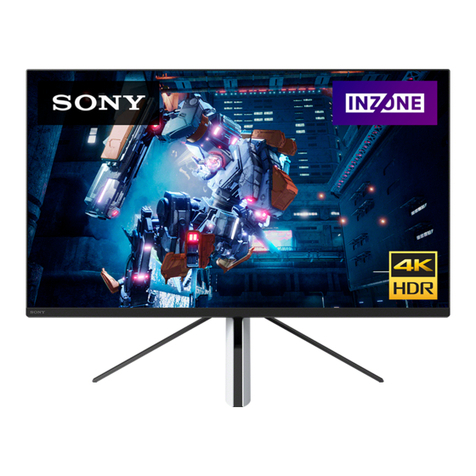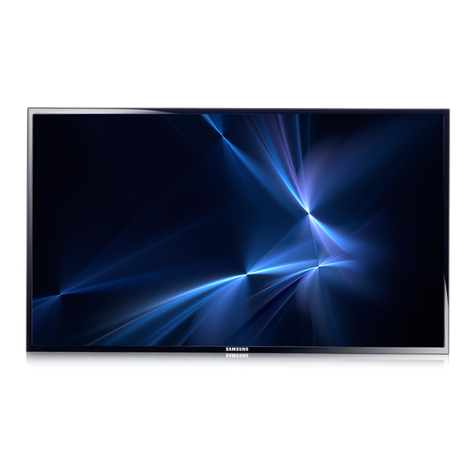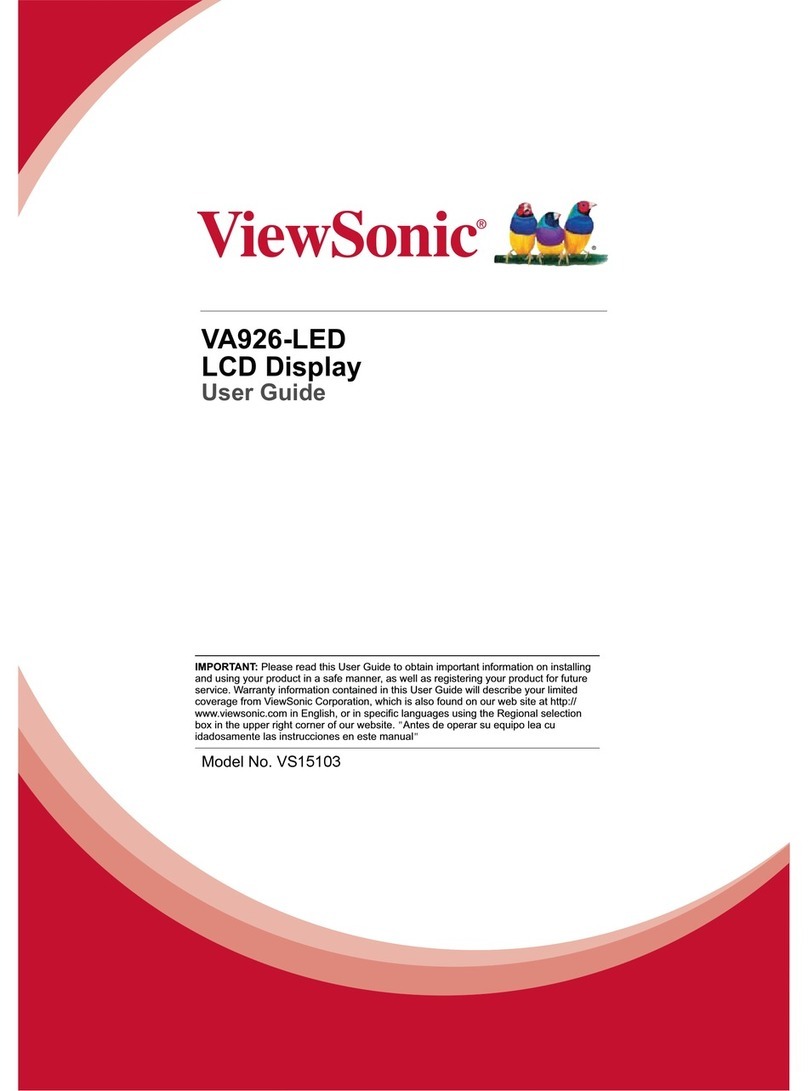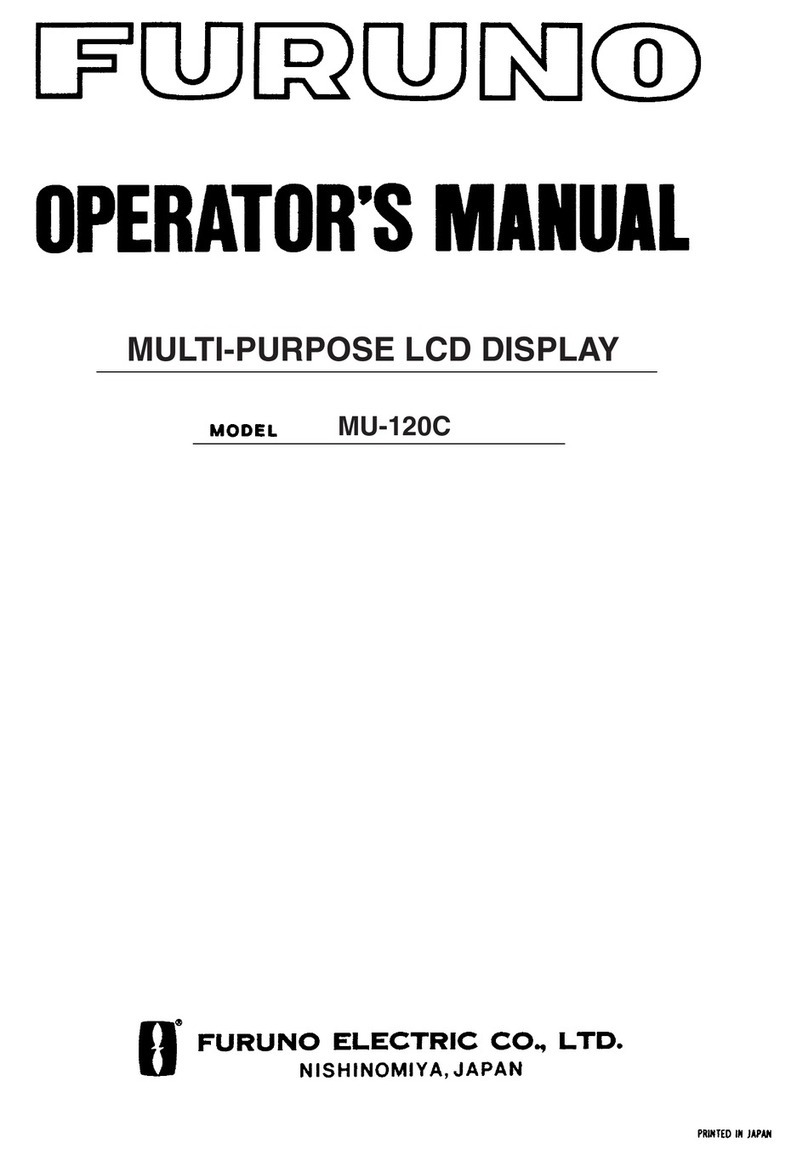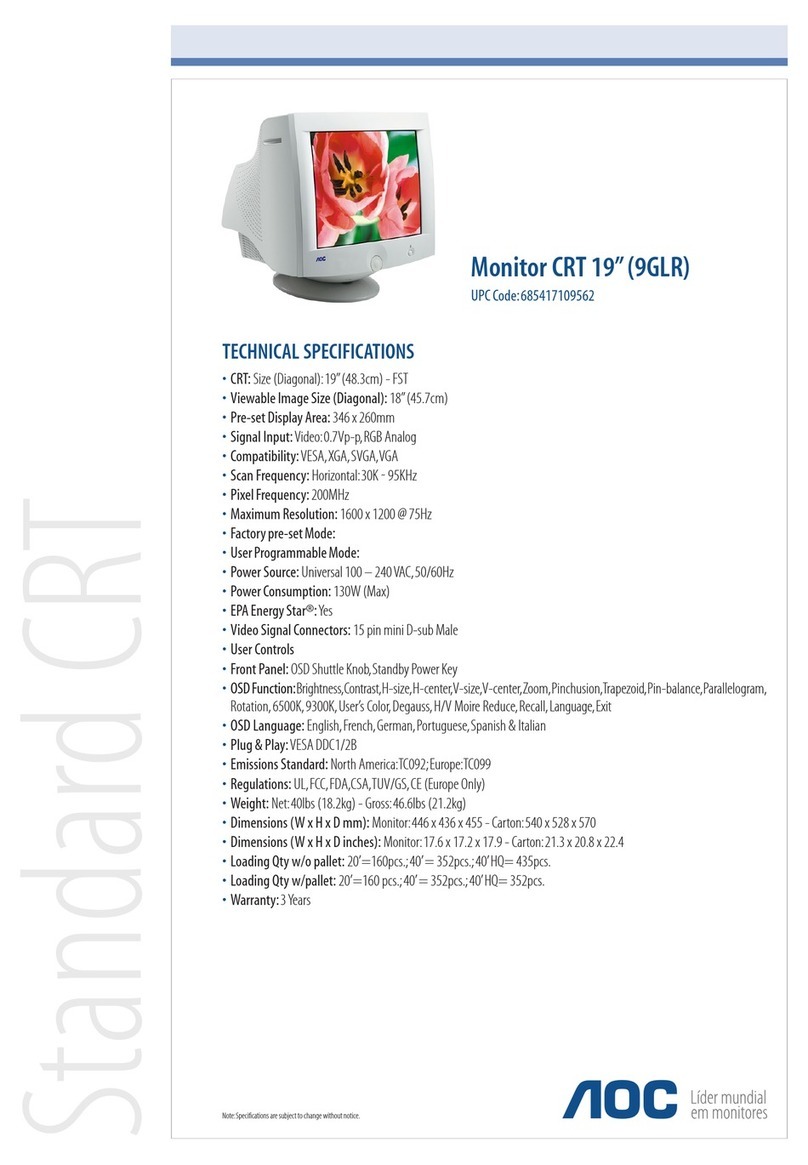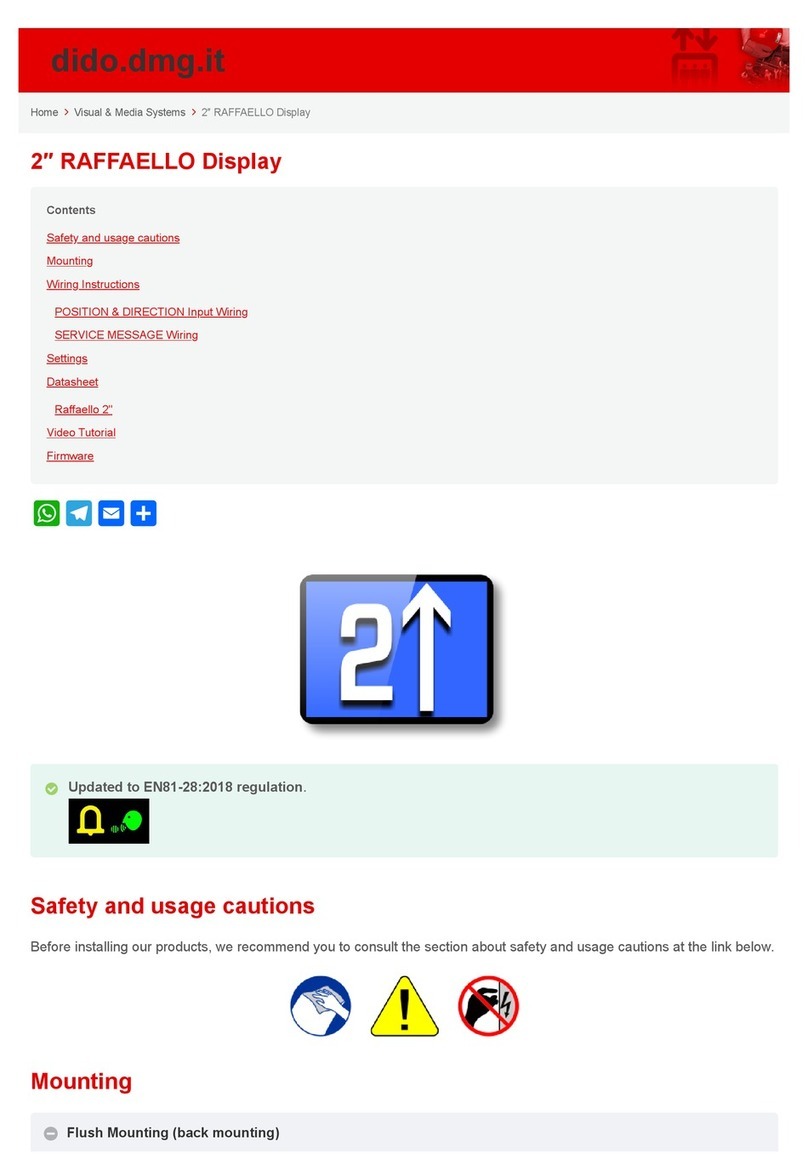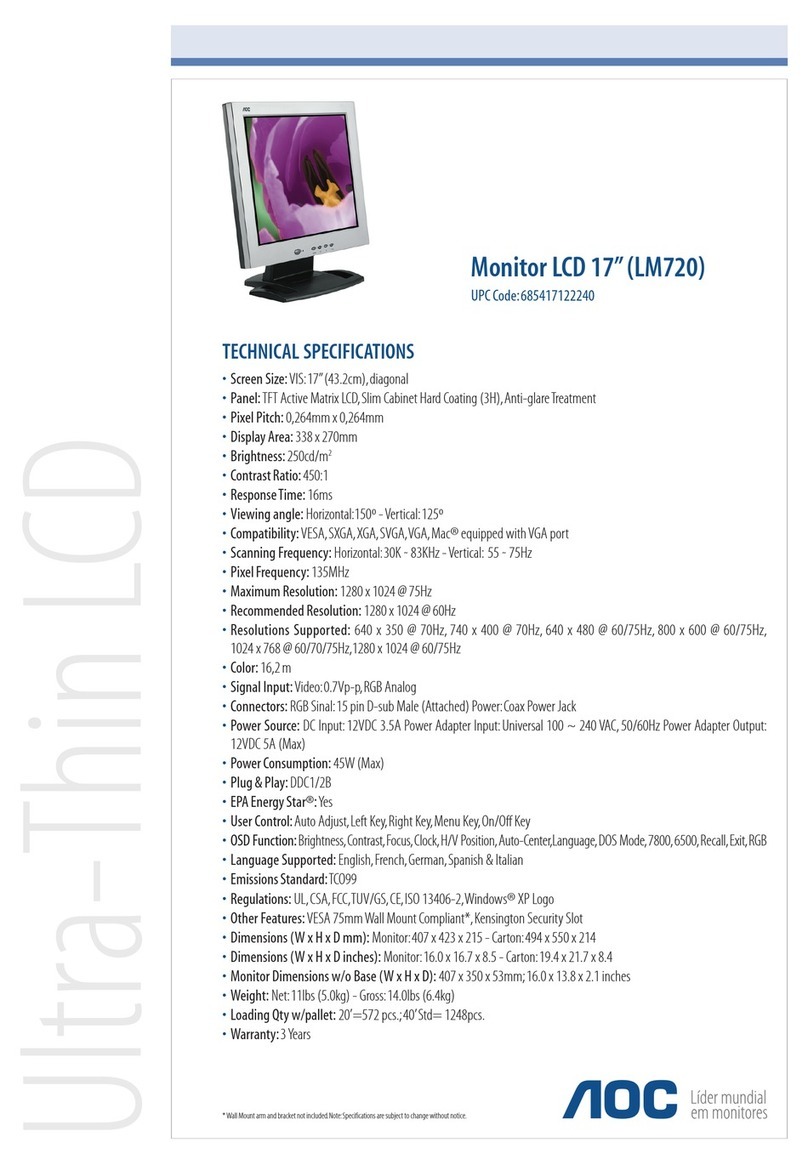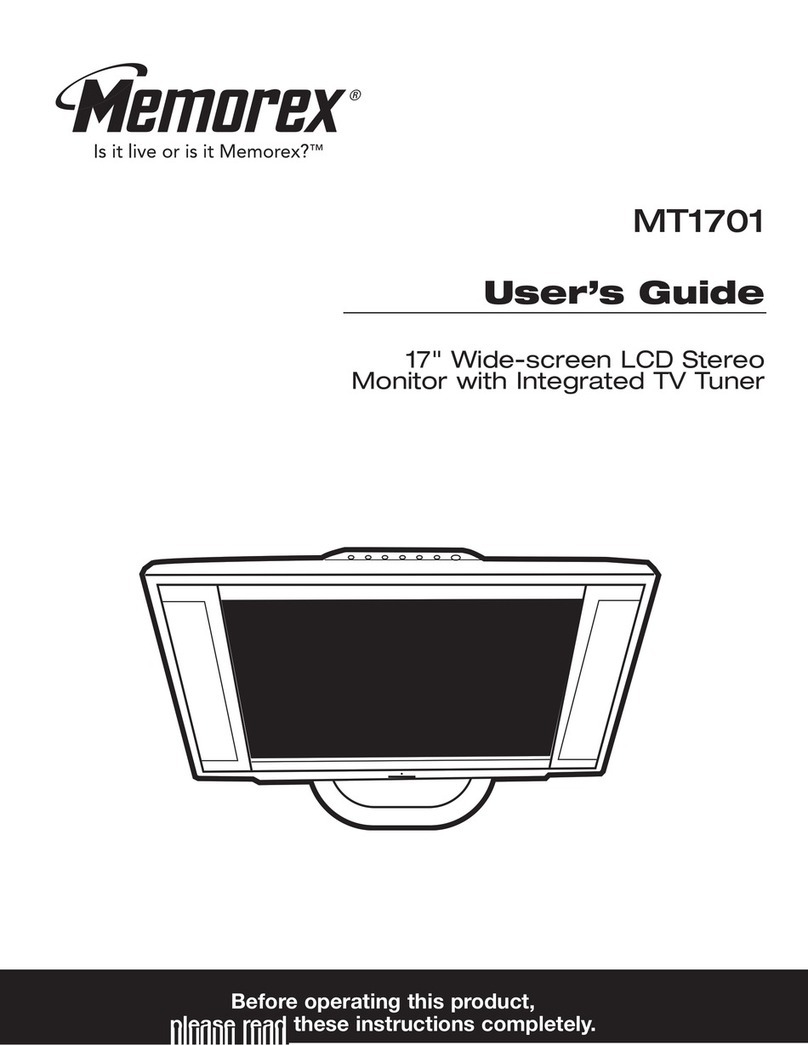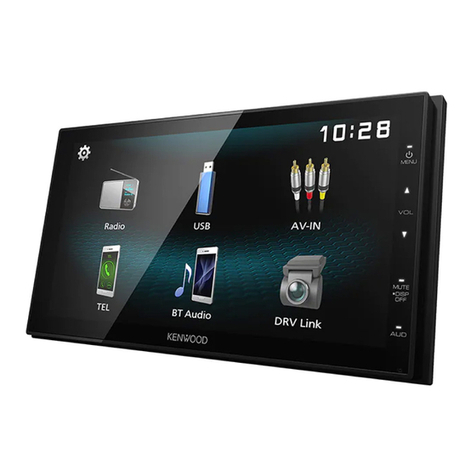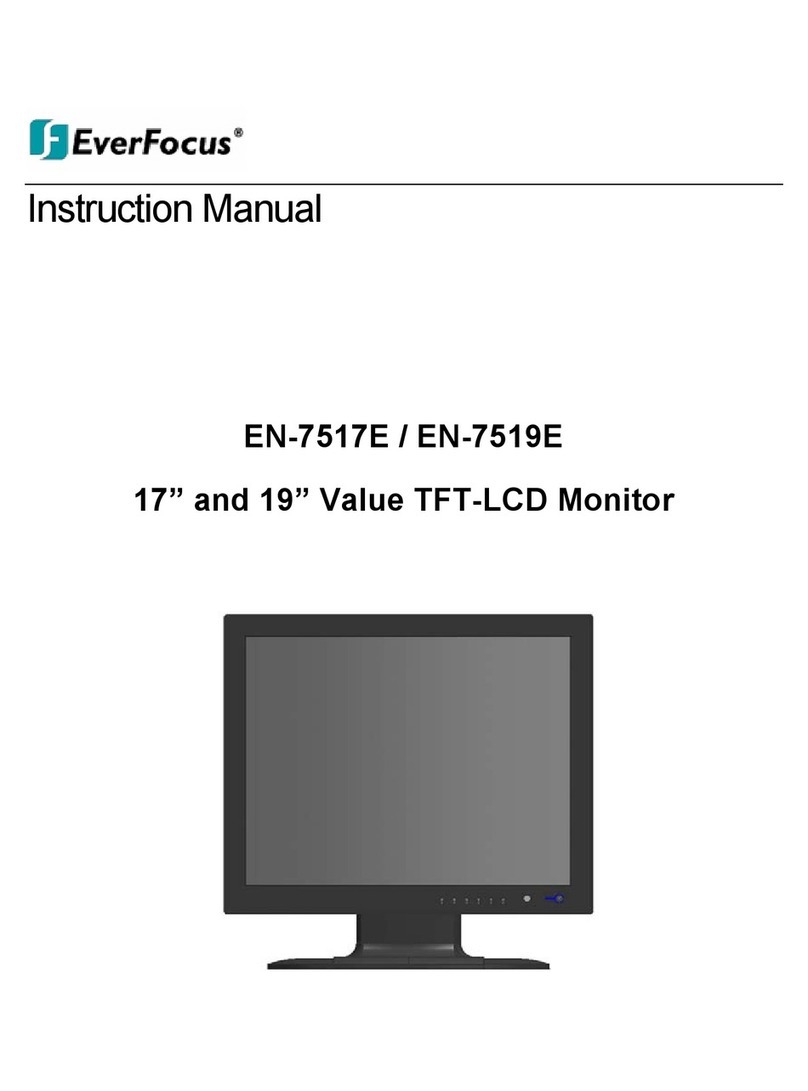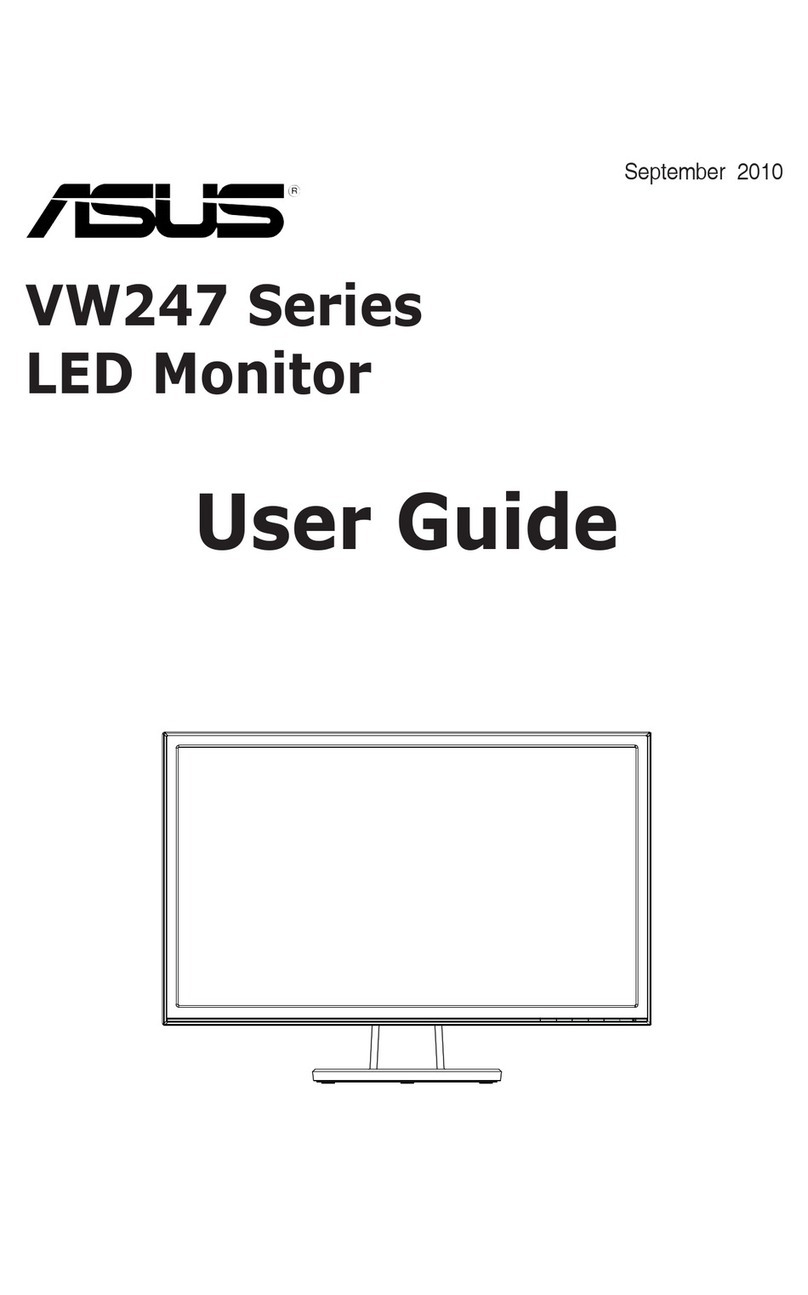
8
Advantages of TRIMASTER EL Technology
TRIMASTER EL*LCD*
* Simulated images
LCD
Start Level [%] Destination
Level [%]
msec 4.0
8.0
2.0
6.0
0.0
10.0
75.0
100.0
50.0
25.0
0.0
75.0
50.0
25.0
0.0
100.0
OLED
Start Level [%] Destination
Level [%]
msec 4.0
8.0
2.0
6.0
0.0
10.0
75.0
100.0
50.0
25.0
0.0
75.0
50.0
25.0
0.0
100.0
Accurate Color Reproduction
Sony’s Super Top Emission technology not only offers a wide
color gamut with its purity of the three primary colors, but
also maintains this wide color gamut throughout the entire
luminance range. While all other display devices have
limitations in reproducing accurate colors, especially in the
low signal levels,TRIMASTER EL system is truly an ideal display
device for picture evaluation. With OLED, users see the details
in the blacks, and see the colors as well.
0.900
0.800
0.700
0.600
0.500
0.400
0.300
0.200
0.100
0.000
0.100 0.200 0.300 0.400 0.500 0.600 0.700 0.800
0.900
0.800
0.700
0.600
0.500
0.400
0.300
0.200
0.100
0.000
0.100 0.200 0.300 0.400 0.500 0.600 0.700 0.800
TRIMASTER EL*LCD*
* Color gamut images based on Sony’s test results
Accurate Black Reproduction
A key advantage of TRIMASTER EL is the fact that each pixel
can be turned completely off. No other display technology
is able to offer this. LCD either raises black luminance due
to intrinsic light leakage, or reduces black luminance with
artificial local dimming technologies. CRT always applies a
bias voltage to place the gun at the proper operating level.
All of these display devices have some limitation in accuracy
of black reproduction. In comparison,TRIMASTER EL is
capable of reproducing accurate black with each individual
pixel, enabling users to evaluate each picture image faithfully
to the signal.
1000.1
10
1
0.1
0.01
0.001
0.0001
0.00001
100
101
OLED
LCD
CRT
Input Signal [%]
Luminance [cd/m2]
TRIMASTER EL
LCD
Gray scale images corresponding to the input signal
* Gray scales are simulated images.
LCD* TRIMASTER EL*
* Simulated images
The TRIMASTER EL gray-to-gray switching speed (measured
in microseconds, μs) is much faster than that of the LCD
(measured in milliseconds, ms).* This fast response benefits
a variety of applications and uses. For example, in sports
broadcasting, when camera pans would become blurred
with an LCD, they remain sharp and clear with OLED. And with
moving titles or graphics, when text can be difficult to read
on an LCD, OLED displays clear text, regardless of speed or
direction.
* Sony’s test results.
Quick Response with Virtually No Motion Blur

